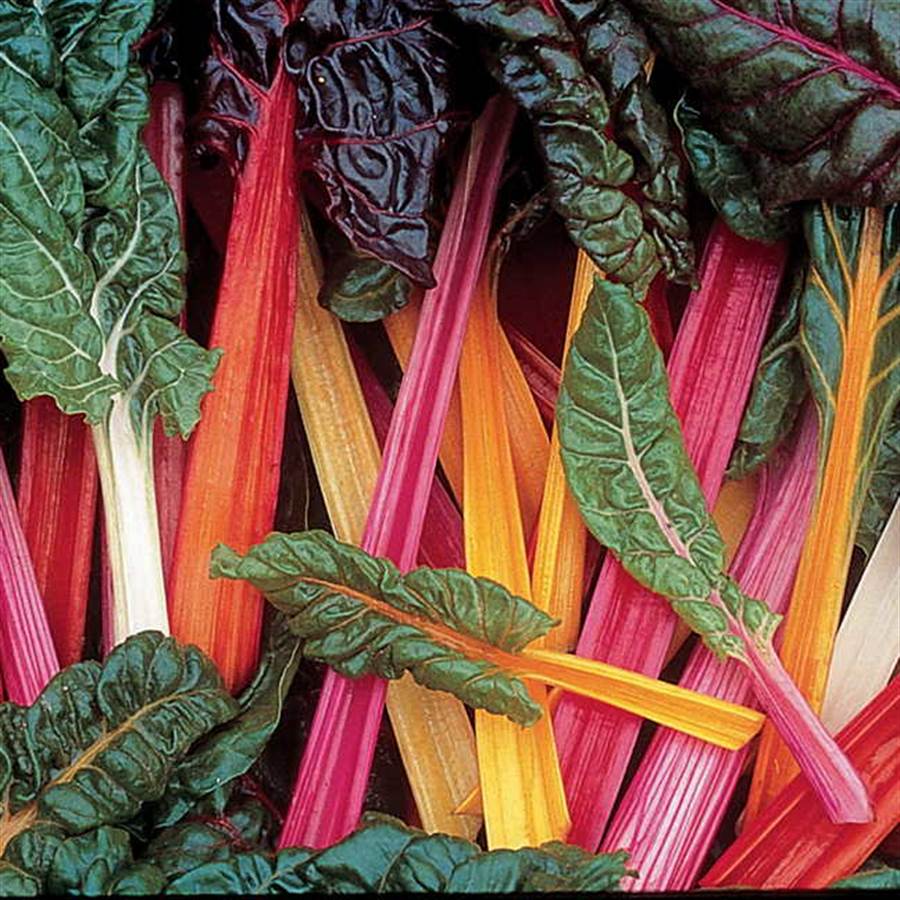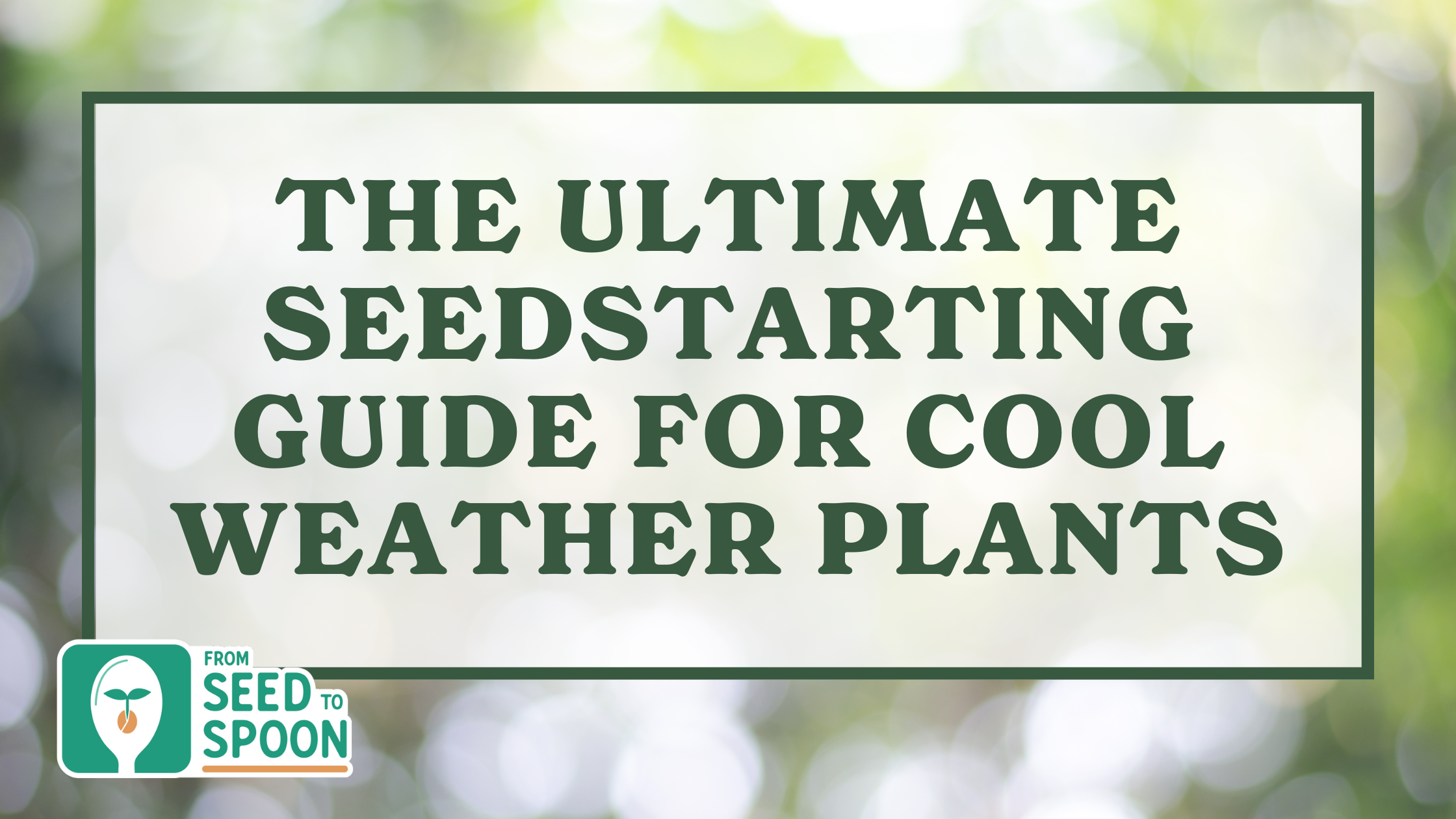As the seasons change, so does the garden. Cool weather crops offer the opportunity to extend the growing season and enjoy fresh produce beyond the typical summer months. This guide provides detailed instructions for starting and caring for a variety of cool-weather crops available from Park Seed, ensuring your garden thrives even as temperatures drop.
Before diving into specific varieties, it’s crucial to prepare your garden for the cooler months ahead. Start by clearing any remnants of summer crops and weeds. Test your soil and amend it with compost or well-rotted manure to replenish nutrients. Consider using row covers or cold frames to protect your plants from early frosts and extend the growing season.
Cool Weather Crop Varieties and Care Instructions
Broccoli:
- Indoor Seed Starting: Begin 5-6 weeks before the last expected frost.
- Care: Maintain evenly moist soil; apply mulch to conserve moisture and suppress weeds. Broccoli benefits from full sun and rich, well-drained soil. A balanced fertilizer applied three weeks after transplanting can promote healthy growth.
- Harvest: Cut the central head when it is firm and before the florets start to open. Harvesting the main head will encourage side shoots for continued production.
Cabbage:
- Indoor Seed Starting: Start indoors 6-8 weeks before the last frost.
- Care: Ensure consistent soil moisture; mulch to keep the roots cool. Cabbage prefers cool climates and fertile soils. Protect plants from pests with netting or row covers and fertilize with a nitrogen-rich formula to encourage lush leaves.
- Harvest: When the head feels firm, cut it from the base of the plant. Leave the outer leaves and root in the ground to encourage a second growth of smaller heads.
Lettuce:
- Indoor Seed Starting: Sow 4-6 weeks before the last frost date.
- Care: Lettuce thrives in cool temperatures and requires moist, well-drained soil. Use mulch to retain soil moisture and provide shade if temperatures start to rise. Avoid overhead watering to prevent disease.
- Harvest: Pick outer leaves as needed, or cut the entire plant at the base once it reaches full size.
Peas:
- Direct Sowing: Plant in the garden as soon as the soil can be worked.
- Care: Provide a trellis or support for climbing varieties. Keep the soil moist, especially during flowering and pod formation. Mulch to cool the roots and conserve moisture.
- Harvest: Pick pods when they are plump but before they begin to harden. Frequent harvesting encourages more production.
Spinach:
- Indoor Seed Starting: Begin 4-6 weeks before the last frost.
- Care: Spinach prefers cool weather and moist, nitrogen-rich soil. Water regularly to maintain even soil moisture. Apply a high-nitrogen fertilizer once plants are well established.
- Harvest: Start picking outer leaves when they are large enough to eat, allowing the center leaves to continue growing.

Swiss Chard:
- Indoor Seed Starting: Start 5-6 weeks before the last expected frost.
- Care: Chard requires consistent watering and well-drained soil rich in organic matter. Mulch to retain moisture and keep the leaves clean from mud. Feed with a balanced fertilizer monthly.
- Harvest: Cut outer leaves at the base when they are 8-12 inches long, allowing the plant to continue producing new leaves from the center.
Beets:
- Indoor Seed Starting: Begin 5-6 weeks before the last frost.
- Care: Beets prefer loamy, well-drained soil. Thin seedlings to prevent crowding and ensure even root development. Keep the soil consistently moist and apply a low-nitrogen fertilizer once a month.
- Harvest: Pull beets when they are about 1.5-3 inches in diameter. Young leaves can also be harvested for greens.
Carrots:
- Direct Sowing: Plant seeds 3-5 weeks before the last spring frost.
- Care: Carrots need sandy or loamy soil without stones. Thin seedlings early to prevent crowding. Water deeply to promote root growth. Avoid high-nitrogen fertilizers, which can cause forking.
- Harvest: Gently pull carrots from the soil when they reach the desired size and color.
Onions:
- Indoor Seed Starting: Start 8-10 weeks before the last frost.
- Care: Onions require full sun and well-drained soil. Water regularly to support bulb formation. Mulch to conserve moisture and control weeds.
- Harvest: When onion tops begin to fall over and yellow, pull the bulbs and allow them to cure in a warm, dry place.
Parsley:
- Indoor Seed Starting: Begin 8-10 weeks before the last frost.
- Care: Parsley needs well-drained soil and can grow in partial shade. Keep the soil moist and use organic mulch to maintain moisture. Trim flowering stalks to promote leaf growth.
- Harvest: Cut outer stems close to the ground level to encourage new growth.
Turnips:
- Direct Sowing: Plant seeds 2-4 weeks before the last expected frost.
- Care: Turnips grow best in well-drained, fertile soil. Thin seedlings to 4-6 inches apart. Keep the soil evenly moist and weed-free.
- Harvest: Harvest turnips when they are 2-3 inches in diameter for the best flavor and texture.
Garlic:
- Planting: Plant cloves in the fall, 6-8 weeks before the first hard frost.
- Care: Choose a sunny location with well-drained soil. Water during dry periods in spring and remove any flower stalks to direct energy to the bulbs.
- Harvest: When the lower leaves begin to brown, lift the bulbs and allow them to cure in a dry, shaded area.
Collards:
- Indoor Seed Starting: 6-8 weeks before the last frost.
- Care: Provide full sun and fertile, well-drained soil. Water regularly and fertilize monthly with a balanced nutrient mix.
- Harvest: Pick the lower leaves to encourage continued production throughout the season.
By following these detailed instructions, you can successfully start and grow a variety of cool-weather crops, ensuring a productive and healthy garden as the season changes. Download the Seed to Spoon app now to effortlessly manage when to plant your cool-weather crops. With personalized planting reminders, detailed care guides, and real-time weather tracking, Seed to Spoon makes it easy to maximize your garden’s potential. Whether you’re a seasoned gardener or just starting out, this app will guide you through every step of the growing process.

Carrie Spoonemore, co-founder of “From Seed to Spoon,” stands as a beacon of inspiration for gardeners and health enthusiasts alike. Her journey alongside her husband, Dale Spoonemore, in creating a platform that demystifies gardening and promotes a healthier lifestyle, has made a significant impact on individuals around the globe. Through the “From Seed to Spoon” app, Carrie has dedicated herself to empowering people to take control of their health and environment by growing their own food.
With a profound belief in the power of gardening to improve mental and physical health, Carrie’s contributions to the Seed to Spoon blog reflect her holistic approach to wellness. Her articles often focus on the nutritional benefits of homegrown fruits and vegetables, organic gardening practices, and the mental health benefits of spending time in nature. Carrie’s expertise in health science shines through in her detailed discussions on how specific plants can contribute to a balanced diet and overall well-being.
Carrie’s passion for gardening is deeply intertwined with her commitment to family and community wellness. She frequently shares personal stories of how gardening has brought her family closer together, offering practical tips for involving children in gardening activities and making it a fun, educational experience. Her writing encourages families to explore gardening as a means of spending quality time together while learning about nature and sustainability.
In addition to gardening advice, Carrie’s contributions to the blog include insights into the use of technology to enhance the gardening experience. She has played a crucial role in designing the “From Seed to Spoon” app to be user-friendly, ensuring that users of all ages and backgrounds can navigate the complexities of gardening with ease. Her vision for the app is not just as a gardening tool but as a vehicle for change, inspiring individuals to adopt a more sustainable lifestyle by growing their own food.
Carrie Spoonemore’s presence on the blog is marked by her compassionate approach to teaching and her unwavering belief in the transformative power of gardening. Her work continues to inspire a community of gardeners to pursue a healthier, more sustainable way of living, proving that with the right tools and knowledge, anyone can become a gardener and advocate for their health and the planet.






